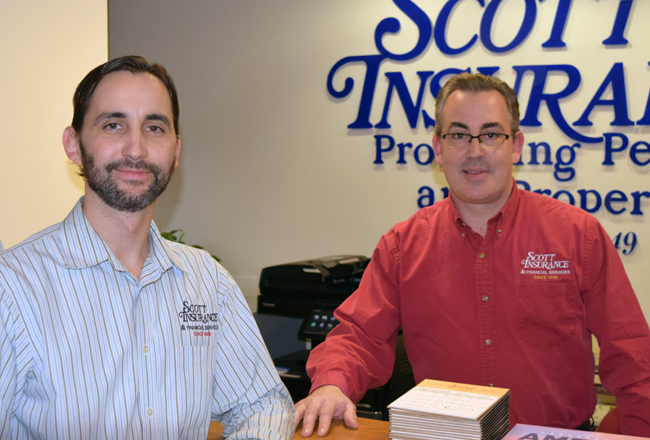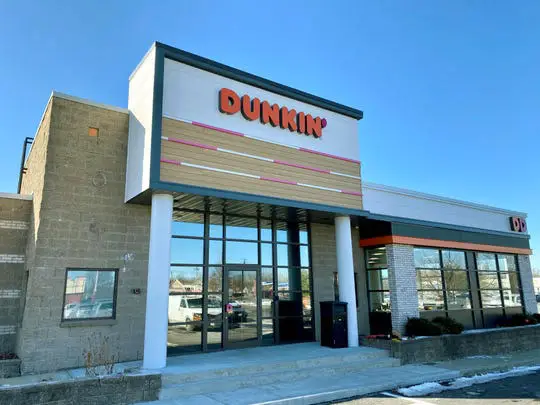Marketing an individual company is obviously not the same as marketing an entire state. But according to Peter Denious, who in August was appointed president and CEO of the Connecticut Economic Resource Center (CERC), there are some similarities ”” just on a different scale.
“It”™s about making folks aware of the assets we have,” Denious said. “In Connecticut, we have a highly educated workforce, quality of life, quality of our health care system, the quality of our schools, etc.
“And we are an incredibly innovative state,” he said. “We”™re ranked the fourth most innovative in the country by Bloomberg.”

Getting those messages out to companies that may be considering Connecticut as a potential home is the big challenge, even if, with the exception of the Bloomberg ranking, none of those factors have changed significantly over the past few years, Denious acknowledged.
Phone conversations, one-on-one meetings with executives and distributing general pro-Connecticut materials are all part of CERC”™s strategy for recruiting companies. But, echoing remarks made by the state Department of Economic and Community Development (DECD) Commissioner David Lehman, Denious said such marketing outreach is being narrowly focused.
“We”™re doing this in a thoughtful, not a shortsighted, way,” he said, maintaining that the “any old company will do” approach favored by the previous administration was over.
CERC is in the midst of finalizing a new state economic development strategy that will include a significant marketing component. The plan will likely be unveiled in January.
Its focus will be on “the industries that we already have and are trying to support and develop here,” Denious said.
Those include manufacturing, aerospace and defense, financial services, particularly insurance, life sciences and “broadly, technology, which cuts across every industry and is disrupting every element of our professional and personal lives,” he said. “Even with manufacturing, we”™re no longer talking about metal stamping like in our grandparents”™ generation. They”™re now effectively dealing with computers and everyone is in need of sophisticated expertise.”
Already working more closely with DECD than in the past, CERC is following the general blueprint laid out by Gov. Ned Lamont: involving the public and private sector in turning Connecticut”™s fortunes around.
CERC”™s co-chairs are Indra Nooyi, the former PepsiCo CEO, and Jim Smith, chairman and former CEO of Webster Bank. In November, five more executives were added to its board, including Tom Rutledge, chairman and CEO of Charter Communications in Stamford.
“This is hand-to-hand combat,” the Wilton resident said. “We need everyone we can to get out and be sharing our story. A lot of people out there still don”™t understand Connecticut”™s value proposition and the industries we”™re already supporting. They need to be educated and that”™s all part of a multi-pronged effort.”
Even the oft-invoked matter of Connecticut”™s position ”” situated as it is between New York City and Boston ”” still needs underscoring, Denious said.
“We”™re within 500 miles of 30% of the country”™s GDP,” he stated. “And we”™re between 15% and 50% cheaper to live in than New York or Boston. If we can get the investment into our transportation infrastructure the governor is looking for ”” and I do think that will happen ”” and can cut commute times, Stamford could effectively become a borough of (New York City). Imagine that!
“We want to assure everyone in the private and the public sector that we”™re working with a real sense of urgency. We”™re at an inflection point. Time is our enemy ”” the level of frustration out there is clear and it”™s high time we address that and do a better job.”






















